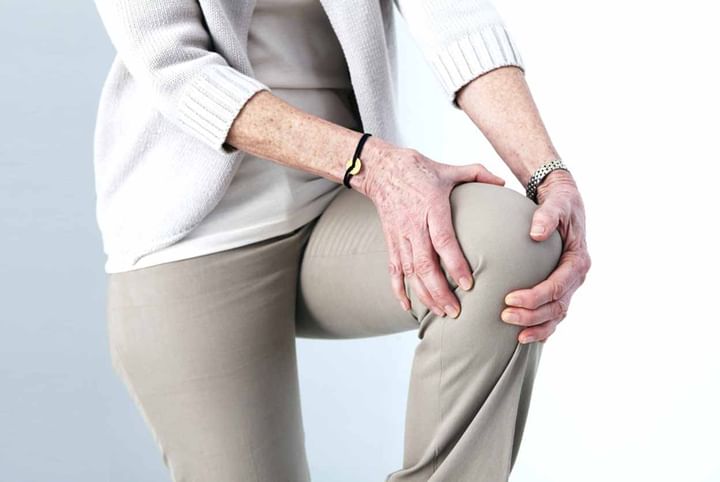Tips To Help You Deal With Muscle & Ligament Sprain!
Muscle sprains and ligament tears are one of the most common injuries that medical practitioners encounter on a regular basis. These injuries are painful and can also limit one’s movement, needless to say. However, there are simple things that can be done as soon as the injury happens so that the impact of the injury can be reduced, the symptoms minimised, and recovery improved.
A sprain is a tear of the ligament. The ligament is responsible for connecting the tissue strands that connect the bone to the muscle. When this sprain affects the muscle or even the tendon, it is known as a strain.
Sprains are very common and can occur due to a fall, twist, or impact. Most commonly affected areas are the ankles and wrists. Sprains happen when there is a pull or a twist of the ankle or the joint. This is very common in athletes and can be caused by repetitive motions in the knees, wrists, elbows, etc.
The most common symptom is pain, swelling, limited movement, and sometimes bruising. The degree of these injuries depends on its severity. The most common ways to treat such injuries are as follows.
- RICE therapy: RICE is an acronym for rest, ice, compress, and elevate. Rest the affected area immediately by stopping any further activity. Ice the area using an ice wrap, with the ice cubes wrapped in a towel or a cotton cloth. Repeat this exercise if possible for every 20 minutes. This will reduce the swelling and pain. Compress the area using a sling or a wrap. This will help in reducing the swelling. Elevate the affected area if possible above the heart. This will help control the blood flow and thereby reduce the swelling and pain.
- Pain control: If there is pain that needs medication, go for the non-steroidal drugs like ibuprofen or acetaminophen. If it is a child that is injured, it is advisable to give non-aspirin ones.
- Seek professional help: Most sprains can be self-limiting over a couple of days. However, it is advisable to seek medical help if there is significant pain, swelling, or numbness, open wounds or bruises, or inability to move the joint.
The doctor may decide to do the following.
- Scanning or imaging to rule out any internal hard/soft tissue injury like fracture or tear
- Immobilise the joint with a splint or a cast
- Start physical therapy if there is severe pain and immobility
- Surgical repair if there is a ligament injury
A word of caution to athletes or people who are very active physically is to go easy on the joint. In an eagerness to quickly get back to their routine, more and severe damage may be caused. This can be avoided by allowing time for complete healing.



+1.svg)
